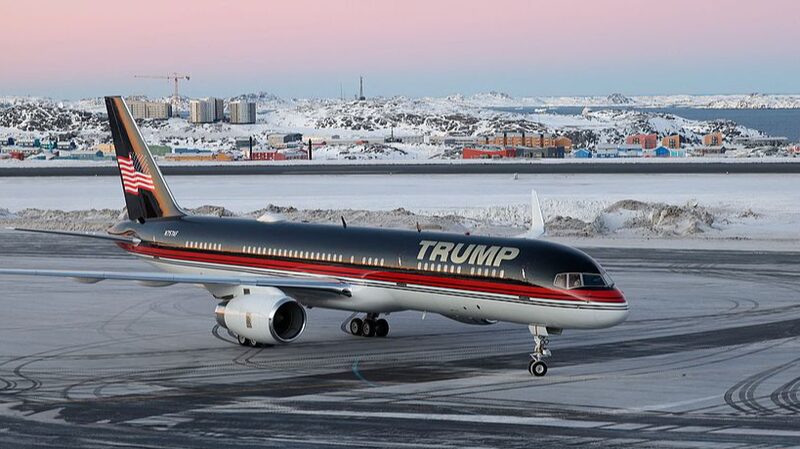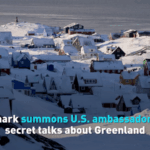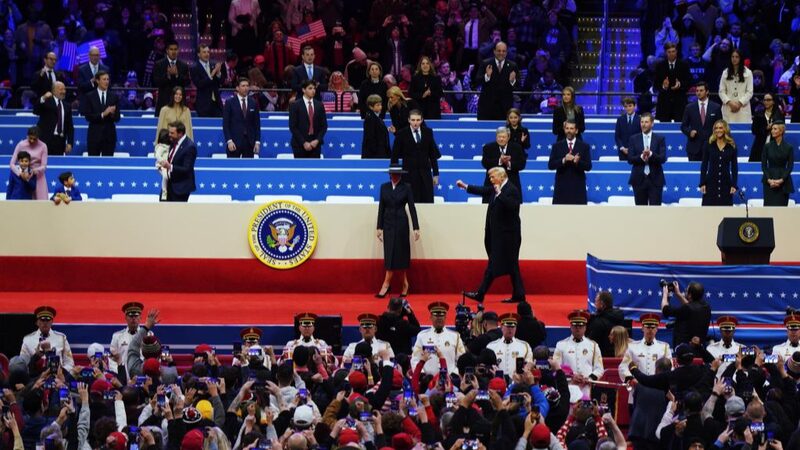In the early days of U.S. President Donald Trump's second term, speculation has surged regarding the continuity from his first term and the outcomes of what some describe as a more disciplined second act.
One significant stance from Trump is his repeated advocacy for Greenland, an autonomous country within the Kingdom of Denmark, to become part of the United States. In December, Trump took to his social media platform \"Truth Social\" to assert that \"For purposes of national security and freedom throughout the world, the United States of America feels that the ownership and control of Greenland is an absolute necessity.\" However, this proposal has been overwhelmingly rejected by 85 percent of Greenlanders, according to the latest polling.
The debate over Greenland's sovereignty is not a new development but is rooted in the broader geopolitical ambitions of the U.S. in the Arctic throughout the 20th century. This includes historical efforts such as the sale of Alaska by Russia to the United States in 1867 and repeated attempts to acquire Greenland before President Woodrow Wilson dismissed the notion in 1917 in favor of purchasing what became the Virgin Islands from Denmark.
Historically, the strategic importance of Greenland has led to significant U.S. involvement, including the establishment of bases during World War II and the 1951 Greenland Defense Agreement during the early Cold War era. The Pituffik Space Base, formerly known as the Thule Air Base, remains a crucial monitoring and missile defense post today.
Trump's ambition extends beyond Greenland, aiming to consolidate U.S. influence over major global shipping routes and leverage economic and trade agreements. The viability of Arctic trade routes like the Northwest Passage and the Northern Sea Route, spurred by rising global temperatures, presents opportunities to reduce shipping times and increase access. Controlling Greenland would significantly enhance U.S. oversight of these strategic waterways.
This Greenland policy mirrors Trump's approach to the Panama Canal, which was handed over to Panama by former President Jimmy Carter in 1977, with full control transferred in 1999. Trump has not ruled out the use of military force to seize control of both the Panama Canal and Greenland, reflecting a more assertive "America First" stance.
While Trump's suggestions about integrating Canada as a state of the U.S. and renaming geographical landmarks may seem unconventional, they underscore a broader objective of reinforcing U.S. dominance on the global stage.
Reference(s):
cgtn.com







